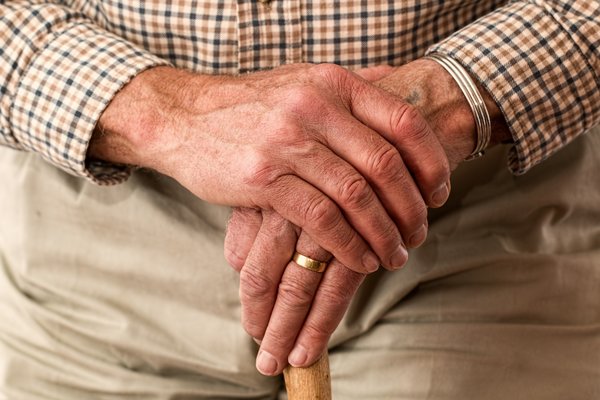 Hip arthritis can be an annoying problem. The constant pain in the joint can make the activities of daily living difficult. People with bad arthritis sometimes require a hip replacement surgery.
Hip arthritis can be an annoying problem. The constant pain in the joint can make the activities of daily living difficult. People with bad arthritis sometimes require a hip replacement surgery.
Quite often, hip pain may be unrelated to arthritis, and may be associated with narrowing of the spinal canal – a condition called spinal stenosis. Spinal stenosis itself is a degenerative condition; in other words it is a progressive, often irreversible deterioration.
The combination of degenerative spinal stenosis and hip arthritis is sometimes called ‘hip-spine syndrome’. Diagnosing this condition and treating it appropriately is a challenge.
Let’s take a brief look at hip pain. The hip joint is a ball and socket joint that is in constant movement. Pain in the hip is often due to damage to the cartilage and bones within the hip joint itself. However, hip pain may also be related to the nerves that supply the hip joint.
In spinal stenosis due to arthritis, the nerves that emerge from the spinal column may be compressed from the arthritis process itself, or from bulging of the discs that are located within the vertebrae. These discs, called intervertebral discs, are close to the nerve fibers. When the discs bulge out due to prolapse or spine arthritis, they can irritate these nerves causing hip pain.
So what does this mean? In simple terms, your hip pain may not be related to your hip but may be arising from your back.
It is possible to differentiate the two with a clinical examination, though on occasion it may be quite hard. If you have hip arthritis causing your pain, then this pain will be reproducible when the leg is elevated or when walking or climbing stairs. The pain also occurs when you turn in bed from lying on your back to lying on your side. If your hip pain is from spinal stenosis, then you will not experience pain when turning or lying in bed.
Hip arthritis sometimes requires hip replacement surgery to treat the pain. But before doing so, it is important to take the right steps in determining the actual source of pain. Clinical studies have shown that treating the spinal stenosis may not be sufficient at times, and pain may remain. Hip replacement surgery usually follows in order to achieve complete pain resolution.
For more information, contact Dr Dan Albright at 919-864-68008.





